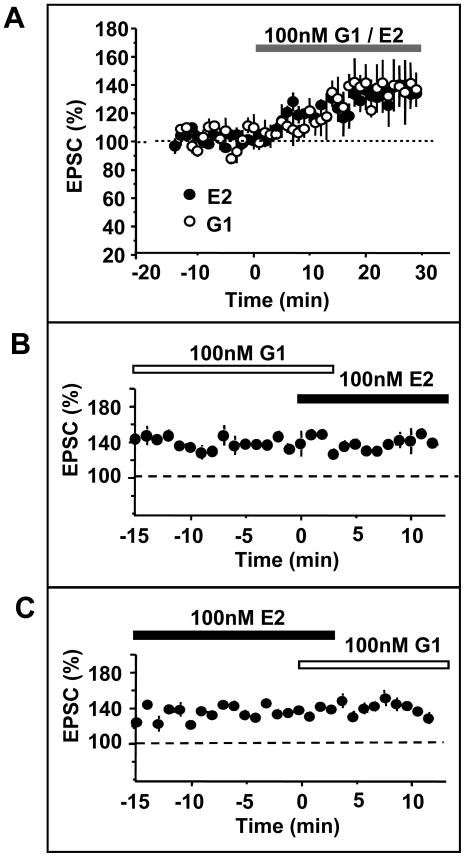Figure 5. The GPR30 agonist G1 mimics short latency estradiol potentiation of hippocampal CA1 neuronal excitability.
Young adult female rats were killed one week after ovariectomy and hippocampal slices were prepared. Schaffer collaterals were activated by monopolar stimulation. Excitatory transmission was monitored by whole cell recordings of excitatory postsynaptic currents (EPSC) of CA1 pyramidal cells in voltage clamp configuration. EPSCs were recorded in the presence of picrotoxin (100 μM) to block inhibitory transmission. After establishing stable baseline EPSCs, 100 nM estradiol (E2) or G1 were bath applied to the slice. (A) shows enhanced responses of CA1 pyramidal neurons to Schaffer collateral stimulation in the presence of E2 or G1. In total, 4/7 cells responded to G1, and 3/5 cells responded to E2. This rate of response is comparable to what has previously been reported for E2 (ref). The latency to onset of the enhanced response and the magnitude of potentiation of the EPSC were identical for both compounds. (B) shows recordings from 2 cells that were potentiated by G1; additional application of E2 has no further effect on the EPSC. (C) shows recordings from 2 cells that were potentiated by E2; additional application of G1 has no further effect on the EPSC.

